Semolina is a valuable food product obtained by grinding wheat and corn, with the result that we know it as wheat and corn Semolina. Its wide use in cooking is quite sprewad in many countries with different meals to prepare breads, cakes and porridge.
Types of Semolina
Main Semolina types are two – large grained, obtained after a single grain undergoes coarse grinding and fine Semolina whose treatment is more precise and is sieved after grinding or re-grinding semolina twice.
The size of the Semolina are respectively 0.25 and 0.75 mm.
It is used for the production of dough into noodles, couscous, spaghetti and other pasta. Fine Semolina is the main raw material. It is interesting to note that although it is more finely ground, it is a more grainy product than flour.
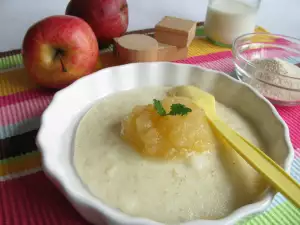
Composition of Semolina
According to the USDA Nutrient Database, 100 g dry Semolina contains:
Water - 12.67 g
Protein - 12.68 gFat - 1.05 g
Carbohydrates - 68.93 g
Fiber - 3.9 g
100 g Semolina on average contains about 360 calories (depending on the variety of wheat).
Vitamins in Semolina can be fiound in impressive amounts: Vitamin B1 (thiamine) - 0.387 mg, Vitamin B2 (riboflavin) - 0.28 mg, Niacin (vitamin B3 or PP) - 0.08 mg, Vitamin B5 (pantothenic acid) - 0.58 mg, Vitamin B6 (pyridoxine) - 0, 103 mg, Folic Acid (Vitamin B9) - 72 mcg.
The mineral content of Semolina is also great. 100 g of product contains: Potassium - 186 mg, Calcium - 17 mg, Magnesium - 47 mg, Sodium - 1 mg, Phosphorus - 136 mg, Iron - 1.23 mg, Manganese - 619 mg, Copper - 189 mcg, Zinc - 1.05 mg
Semolina in cooking
Semolina is widely used in the preparation of many pastes, sauces, soups, baked dishes, pastries, breads, cakes, desserts and various creams. Ashura is impossible to prepare without Semolina. With Semolina, you can prepare different types of strudel and pudding, many snacks, decorations, and appetizers.
Semolina has the ability to rapidly increase in size several times when cooked. In most cases, the Semolina is cooked to swell, but in some recipes (such as fruit cakes), it is used raw, because then it absorbs the moisture or liquid.
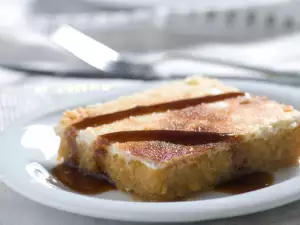
While it is relatively easy to prepare, there are some important rules that must be observed when making porridge with milk and Semolina. It is necessary to use the exact amount of liquid product, otherwise you risk having a hard mess that is not very pleasant to taste. Usually the product packaging indicates the exact measures and ratios of the Semolina.
When cooking porridge with cream Semolina, it should be poured slowly into already boiling water and stirred constantly until thickening. If not, you will receive unpleasant lumps and will not reach the desired smooth consistency. Semolina should not boil more than two minutes, because besides worsening its taste qualities, it results in the loss of many valuable substances.
Always cook Semolina with porridge shortly before consuming. Especially nice is the mixture with the addition of cow butter, a little nuts, dried fruits, jams, marmalades and even cookies. Sweeten the porridge with Semolina, because it is tasteless.
Recipe for milk and Semolina
In a pan in a water bath, heat 800 ml milk, 500 ml water and 1 cup sugar until the mixture boils. Pour a thin stream of semolina while stirring and let it boil for 5-8 minutes, do not stop stirring. Remove from heat, add vanilla and put into bowls. Optionally, you can add nuts or dried fruits to the semolina. Leave the bowls to cool completely in the refrigerator and serve inverted in a dish.
Benefits of semolina
Semolina is not only delicious food, but also one of the healthiest products that can be present at our table. Semolina is easily digested by the body, making it suitable food for stomach problems. This is why Semolina can be used for making baby food. There are many diets for weight loss featuring Semolina.

Semolina is rich in vitamins and minerals, high in protein and easily absorbed by the digestive system. It has the ability to extract fat and fluid from our body. All these benefits are only possible if moderate amounts of the product are consumed.
Dangers of Semolina
If you eat small quantities of Semolina, it should not lead to side effects and consequences. But it is important to note that one should not over-consume, because Semolina contains gluten. Gluten, in particular gliadina (glycoprotein in gluten), can provoke the development of allergic reactions, diarrhea, dermatitis and eczema. There is evidence from studies that about 15% of older people have an intolerance to gluten, which makes Semolina contraindicated food for them. Meals with Semolina should be given to infants under one year old.
Semolina diets
Semolina is one component of the famous Mediterranean diet, which helps those abiding it to not get sick of the most common form of senile dementia - Alzheimer's disease. The diet includes mostly fish, vegetables and pasta based on Semolina. This diet helps to deal with depression, improve memory, control cholesterol. You can have a cleansing day with Semolina each week, snacking on Semolina meal during the day, with some water and a little cinnamon, and drink at least 2 liters of water. You will be allowed 1-2 apples too.
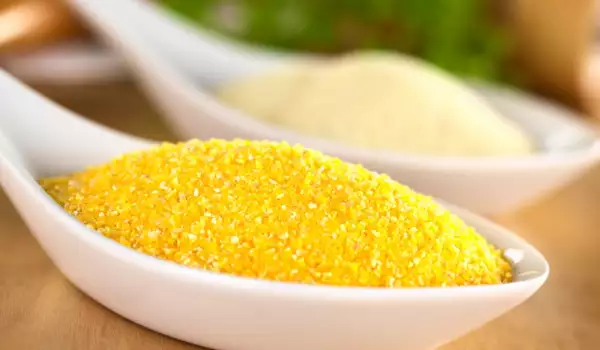
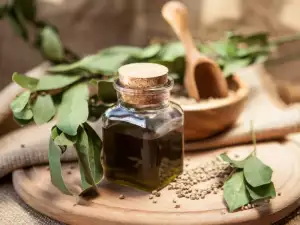



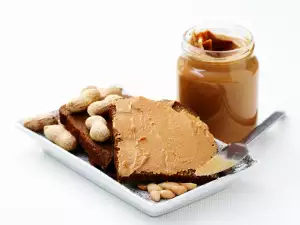
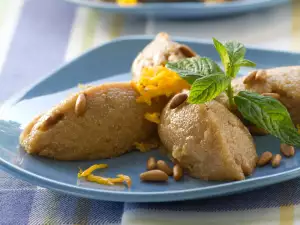
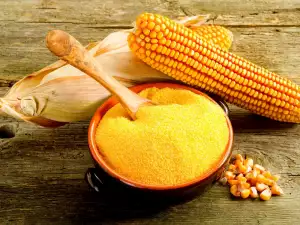
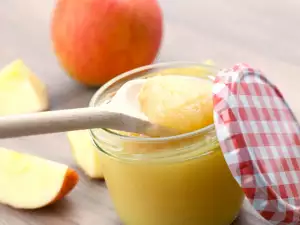


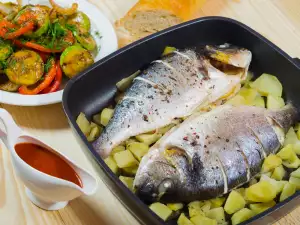
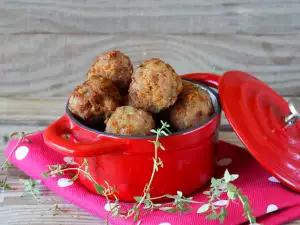





Comments